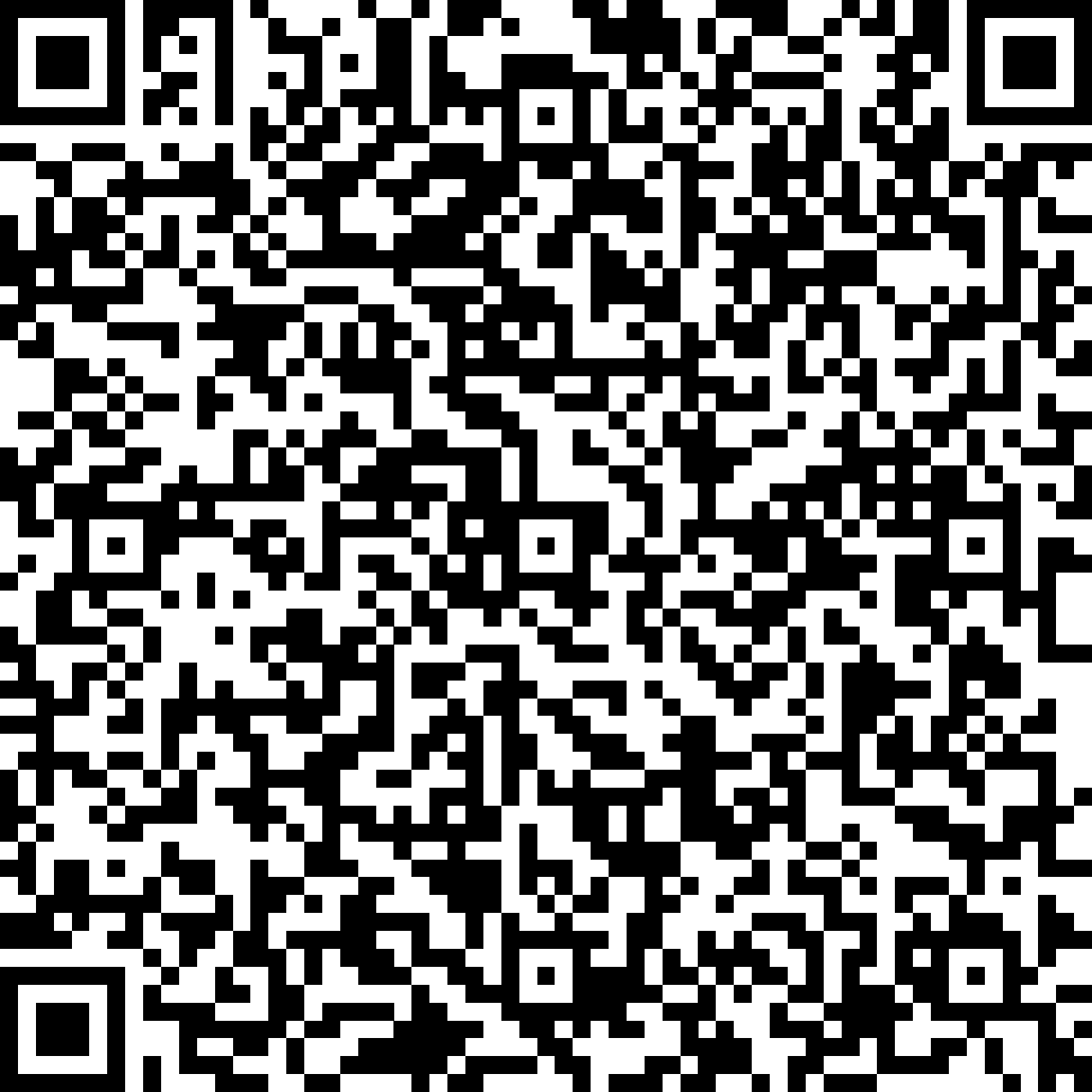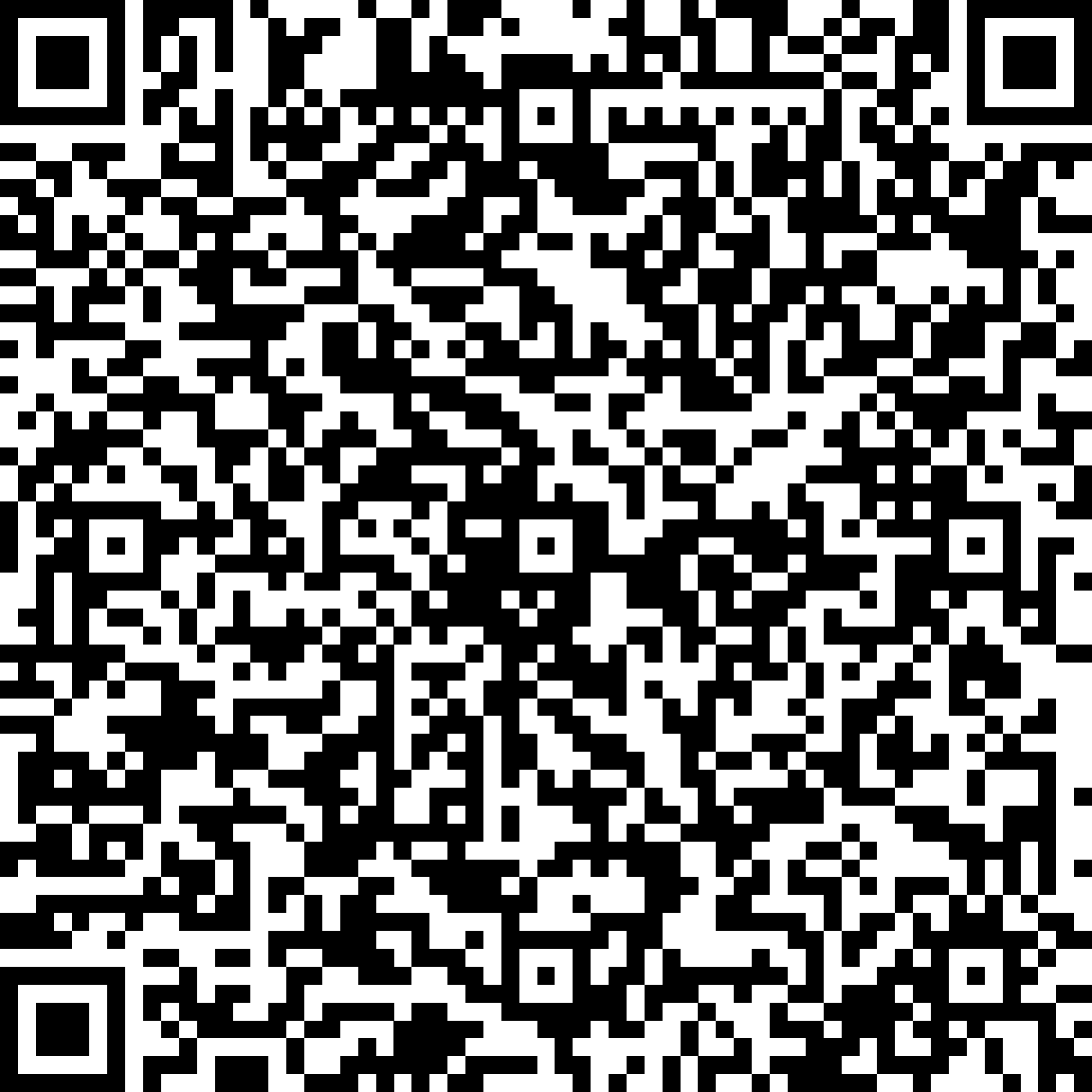History of the electricity and the first electric cable
We have already spoken on previous posts about the power cord, its definition, composition and classification. But when this invention that revolutionized life was discovered, bringing electricity where necessary? Let’s see…
The electrical nature of matter was discovered by the Greek philosopher Thales of Miletus, around the year 600 A.C., noting that rubbing amber with a skin, it attracted light bodies. Thus they are giving the first steps of beginning of electricity. But it was not until the Sixteenth Century that William Gilbert, an English doctor, detected that there were other materials, which he called “electric“, which showed the same behavior as amber. This doctor invented the versorio, an instrument to determine whether or not a body was electric.
In the Eighteenth Century, Frenchman Charles du Fay discovered that there were two types of behavior depending on the materials rub: Those that reacted like amber and those that behaved like glass when rubbed with silk. Thus, he noted that two pieces of amber electrified repelled; and so did two of electrified glass. But, on the contrary, to bring one of each type, are attracted. This led him to conclude that there were two kinds of electricity.
In the same century, Benjamin Franklin investigated the electrical phenomena, concluding that electricity was a kind of fluid could pass from one body to another by friction, so that when going to a body, it acquired positive electricity and losing body fluid acquired negative electricity.
It was Alessandro Volta who in 1780, thanks to the invention of the electric battery, found that conductive metals such as copper or iron are needed when electricity is generated, so that upon contact with a body charged with electricity, transmitted to all points on its surface. Initially, thick copper plates were used, which were reduced in size little by little to become the power cord today (no patent registered of it).
In the Mid-Nineteenth Century, driven by the creation of the electric battery, there were many people who were interested in advance in technological applications of electricity, inventing devices requiring electrical power to operate, such as Alva Edison (light bulb, between many others) and Samuel Morse (telegraph). And this interest led to the advent of electricity in the streets and homes, replacing candles and oil lamps.
In the Twentieth Century, the emergence of new inventions and applications based on electricity as an energy source caused the revolution of electricity; and later electronics. The welfare of the people improved thanks to the existence of electrical cable, capable of conducting energy produced in power plants, as far as necessary. And emerged a powerful economic sector, energy.




